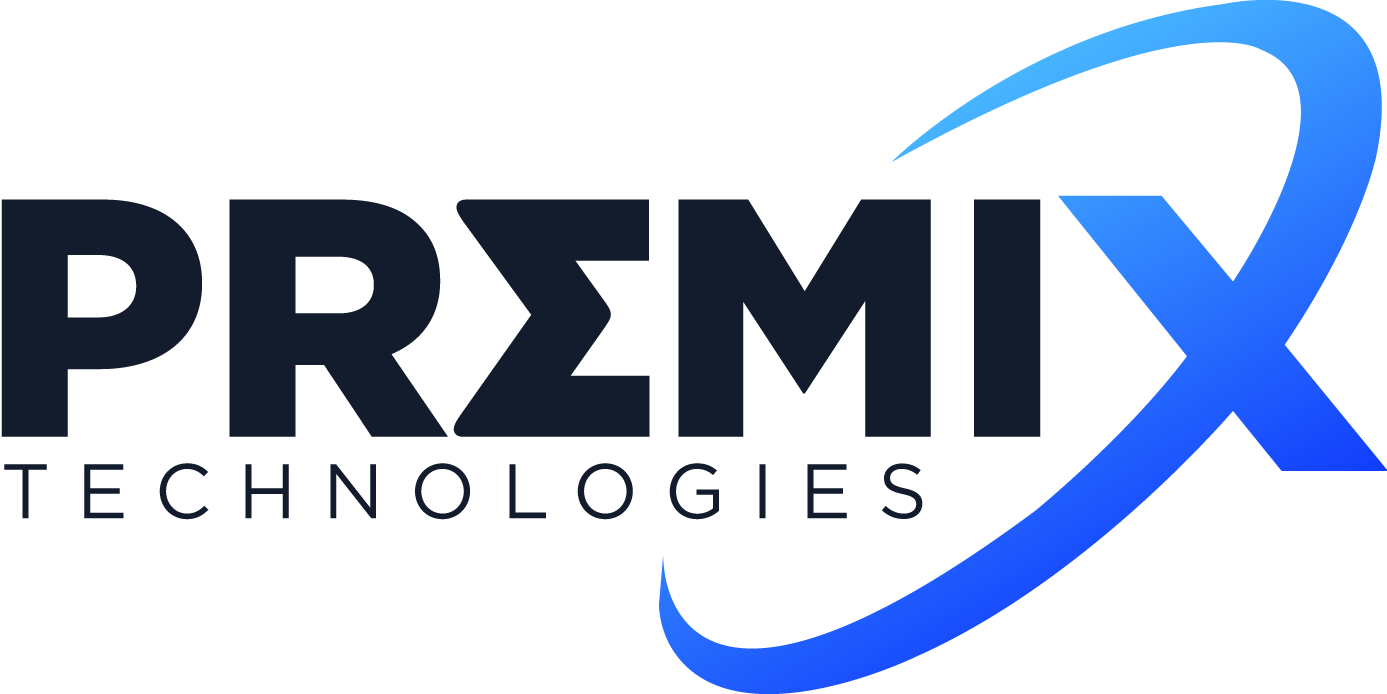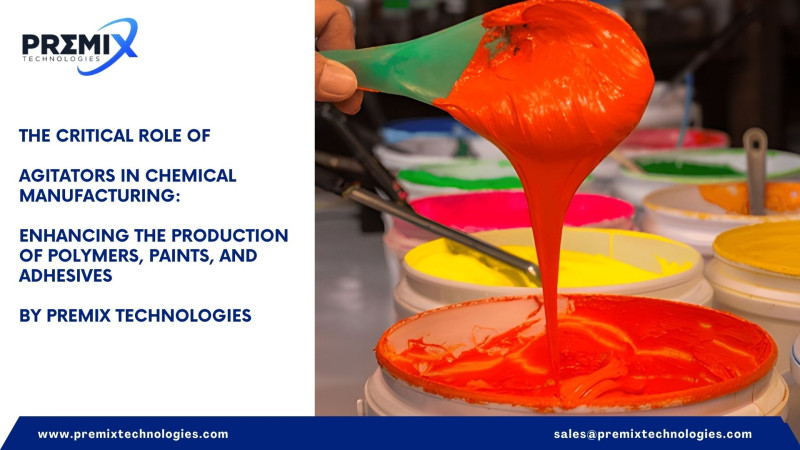The Critical Role of Agitators in Chemical Manufacturing:
Enhancing Production of Polymers, Paints, and Adhesives
In the chemical manufacturing industry, the production of high-quality polymers, paints, and adhesives hinges on precise processes and consistent results. Agitators play an essential role in ensuring that these products meet the rigorous standards required by the industry, facilitating effective mixing, reaction control, and product uniformity.
In this blog, we’ll explore how agitators contribute to the efficient and successful production of polymers, paints, and adhesives. We’ll delve into the specific processes involved, the chemicals used, and how choosing the right agitator can significantly impact product quality and production efficiency.
1. Polymers: Optimizing Polymerization Reactions
Process: Polymerization
Chemicals: Monomers (e.g., Ethylene), Catalysts (e.g., Ziegler-Natta Catalyst)
Agitator Type: Turbine Agitators
Polymers are the building blocks of countless products, from plastics to synthetic fibers. The polymerization process, where monomers link together to form polymer chains, is a critical step in polymer production. Achieving the desired molecular weight, structure, and properties requires precise control over the reaction conditions.
Turbine agitators are often used in polymerization reactors to ensure uniform mixing of monomers, catalysts, and other reactants. These agitators provide the necessary shear and turbulence to promote effective mass transfer and heat distribution, which are essential for controlling the reaction rate and preventing hotspots that could lead to undesirable side reactions.
By optimizing the polymerization process with turbine agitators, manufacturers can produce polymers with consistent properties, meeting the exact specifications required for various applications. This level of control is crucial for industries relying on high-performance polymers, such as automotive, aerospace, and packaging.
2. Paints and Coatings: Achieving Consistency in Pigment Dispersion
Process: Pigment Dispersion
Chemicals: Pigments (e.g., Titanium Dioxide), Binders (e.g., Acrylic Resins), Solvents
Agitator Type: High-Shear Mixers
The production of paints and coatings requires the precise dispersion of pigments and other solid particles in a liquid medium. The quality of the dispersion directly affects the paint’s color, opacity, and application properties.
High-shear mixers are the go-to agitators for pigment dispersion in paint manufacturing. These mixers generate intense shear forces that break down agglomerates and distribute pigments evenly throughout the binder and solvent mixture. This ensures a uniform color and consistent performance across different batches.
High-shear mixers also help achieve the desired viscosity and flow properties, which are critical for ensuring that the paint applies smoothly and evenly. By using the right agitator, paint manufacturers can produce high-quality products that meet the demanding standards of industries such as construction, automotive, and consumer goods.
3. Adhesives: Enhancing Viscosity Control and Homogeneity
Process: Viscosity Adjustment and Homogenization
Chemicals: Polymers (e.g., Polyvinyl Acetate), Fillers (e.g., Calcium Carbonate), Plasticizers
Agitator Type: Anchor Agitators or Ribbon Blenders
Adhesives are vital in numerous applications, from construction to packaging. The production process requires careful control of viscosity and homogeneity to ensure the adhesive performs as expected.
Anchor agitators and ribbon blenders are commonly used in adhesive manufacturing. Anchor agitators are ideal for handling high-viscosity materials, ensuring that the adhesive components are thoroughly mixed without introducing air bubbles, which could compromise the adhesive’s strength.
Ribbon blenders, on the other hand, are used to achieve homogeneity in large batches, ensuring that fillers, plasticizers, and other additives are evenly distributed throughout the adhesive matrix. This results in a product with consistent viscosity and bonding properties, which is essential for applications requiring reliable and durable adhesion.
By employing the right agitator, adhesive manufacturers can produce products that meet the specific needs of their customers, whether they require fast-setting adhesives for packaging or high-strength adhesives for construction.
Conclusion
Agitators are the unsung heroes in chemical manufacturing, playing a critical role in the production of polymers, paints, and adhesives. By selecting the appropriate agitator for each process, manufacturers can optimize reaction control, product consistency, and overall production efficiency.
From polymerization to pigment dispersion and viscosity control, the right agitator can make all the difference in achieving the high standards demanded by the chemical industry. Investing in advanced agitation technology is not just a way to improve product quality; it’s a strategic move that can enhance competitiveness and innovation in the market.
Inquiry Now on www.premixtechnologies.com


